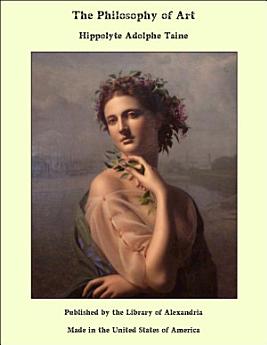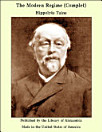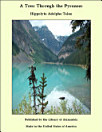The Philosophy of Art
Rreth këtij libri elektronik
In a similar way Rubens is to be judged. Rubens apparently stands alone, without either predecessor or successor. On going to Belgium, however, and visiting the churches of Ghent, Brussels, Bruges, or Antwerp, you find a group of painters with genius resembling his. First, there is Crayer, in his day considered a rival; Seghers, Van Oost, Everdingen, Van Thulden, Quellin, Hondthorst, and others, with whom you are familiar, Jordaens, Van Dyck—all conceiving painting in the same spirit, and with many distinctive features, all preserving a family likeness. Like Rubens, these artists delighted in painting ruddy and healthy flesh, the rich and quivering palpitation of life, the fresh and sensuous pulp which is diffused so richly over the surface of the living being, the real, and often brutal types, the transport and abandonment of unfettered action, the splendid lustrous and embroidered draperies, the varying hues of silk and purple, and the display of shifting and waving folds. At the present day they seem to be obscured by the glory of their great contemporary; but it is not the less true that to comprehend him it is necessary to study him amidst this cluster of brilliants of which he is the brightest gem—this family of artists, of which he is the most illustrious representative.






